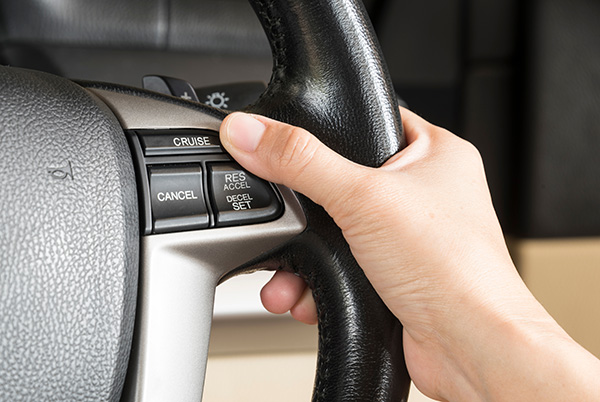
Cruise control is one of those automotive features that, when used correctly, can transform your driving experience. Maintaining a consistent speed not only helps you save fuel but also reduces fatigue on long drives. However, to harness its full benefits and ensure safety, it's crucial to understand the right way to engage and use cruise control.
What Is Cruise Control and How It Works
Cruise control is an electronic system that allows drivers to set and maintain a specific speed without having to keep their foot on the accelerator. This feature is particularly useful on highways and long-distance drives. Once activated, the system takes over the throttle control, enabling the vehicle to maintain a steady speed set by the driver.
When to Use Cruise Control
Knowing when to use cruise control is key to leveraging its benefits while staying safe. It's best suited for:
- Highways and Freeways: These roads are generally straight, with fewer stops and less congestion, making them ideal for cruise control.
- Long Distances: Using cruise control on long trips can help reduce driver fatigue by eliminating the need to constantly adjust speed.
However, cruise control should be avoided in:
- Heavy Traffic: Frequent stops and variable speeds make cruise control impractical and unsafe.
- Curvy or Hilly Roads: The system might not be able to adapt quickly enough to sudden changes in road conditions.
- Adverse Weather Conditions: Rain, snow, or ice can affect road traction, making it dangerous to maintain a constant speed.
Steps to Properly Engage Cruise Control
- Reach Desired Speed: Accelerate to the speed you wish to maintain. This speed should be within the legal limit and suitable for current road conditions.
- Activate Cruise Control: Press the "On" button to enable the system. Then, press the "Set" button to lock in your current speed.
- Adjust Speed: Use the "+" and "-" buttons to fine-tune your speed as needed. This allows for minor adjustments without disengaging the system.
- Monitor Road Conditions: Keep a close eye on the road. Be ready to disengage cruise control by pressing the brake or the "Cancel" button if necessary.
- Turn Off Cruise Control: Once you no longer need to maintain a constant speed, press the "Off" button or lightly tap the brake pedal to deactivate the system.
Tips for Safe Cruise Control Usage
- Stay Alert: Even with cruise control, you need to remain attentive and ready to take over control at any moment.
- Maintain a Safe Distance: Use cruise control in conjunction with adaptive features, if available, to keep a safe distance from the vehicle ahead.
- Regularly Check Speed: Ensure your set speed is appropriate for changing road conditions and traffic patterns.
The Role of Adaptive Cruise Control
Modern vehicles often come equipped with adaptive cruise control (ACC). This advanced system uses sensors and radar to monitor the traffic ahead and automatically adjust your speed to maintain a safe following distance. ACC enhances the traditional cruise control experience by adding an extra layer of safety and convenience.
Don’t compromise on safety while using cruise control. Bring your car to Auto Fitness for a comprehensive check-up and enjoy smoother, safer journeys. Contact us to book your service!